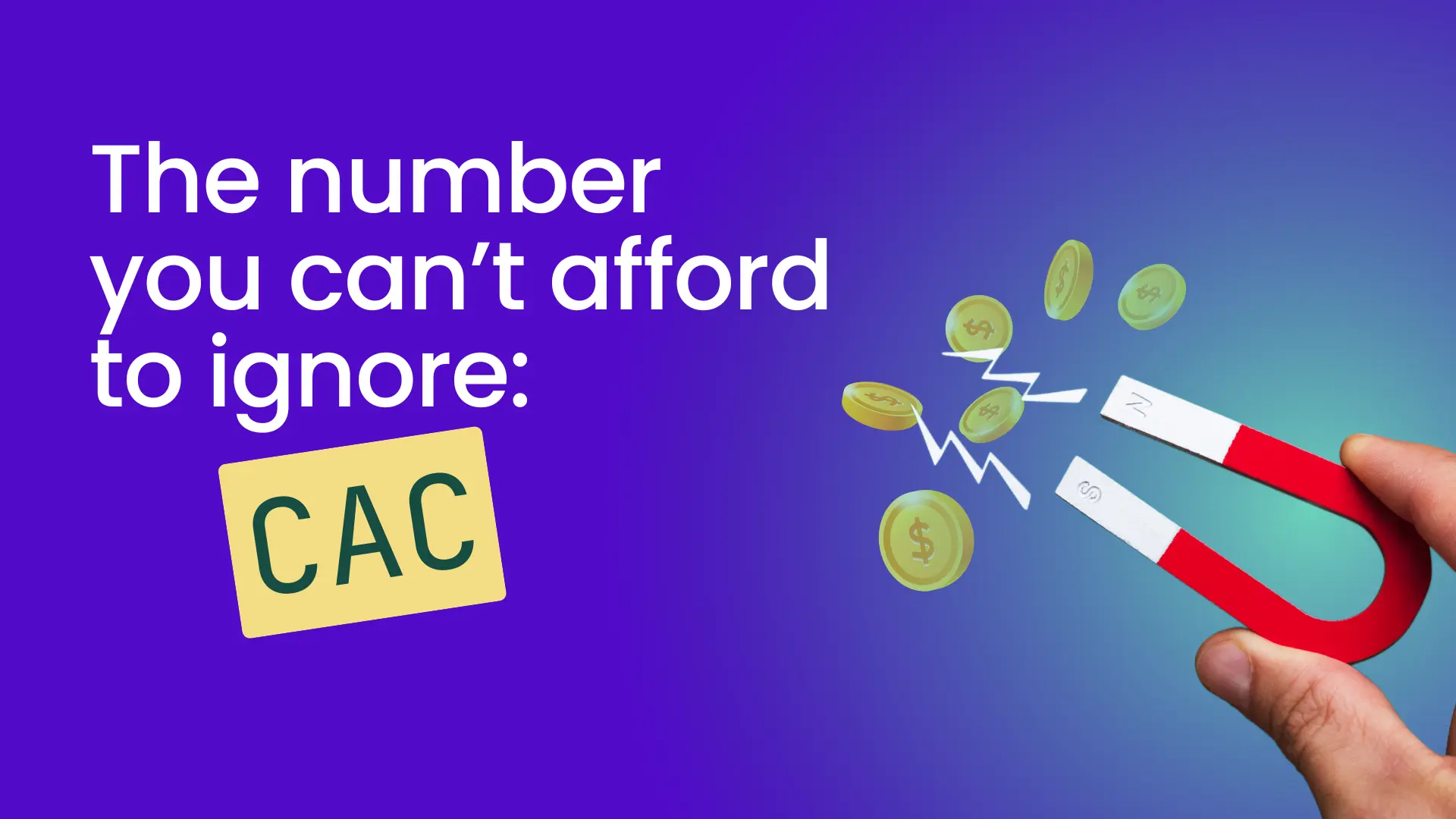
What is CAC? The One Metric Every Founder Should Know
You’ve got the idea. You’ve built the product. Now, customers are rolling in.
But wait… how much are you really spending to get them?
That’s where CAC comes in — Customer Acquisition Cost. It’s not just a buzzword investors throw around; it’s a metric that can make or break your business.
Let’s break it down in the simplest way possible.
So, What Exactly is CAC?
CAC = Total Marketing Spend ÷ Number of New Customers Acquired
It tells you how much money you’re spending to acquire a single paying customer. This includes:
- Ad spend
- Sales team salaries/commissions
- Marketing tools and software
- Content production costs
- Agency fees (if any)
If you spent ₹1,00,000 on marketing and brought in 100 customers, your CAC is ₹1,000.
Easy math. But insanely important.
Why Should You Care About CAC?
Because no one wants to burn cash to get customers they can’t afford.
Here’s why CAC should always be a key part of your strategic planning:
- Investor Confidence – Investors want to know if your business is scalable. A low and improving CAC is music to their ears.
- Better Budgeting – Understanding CAC helps you allocate your marketing budget more wisely.
- Sustainable Growth – If your CAC is too high and not backed by strong customer retention or LTV, you’re growing in the wrong direction.
CAC vs. LTV: The Power Duo
CAC doesn’t work alone. Its favorite partner in crime? LTV – Customer Lifetime Value.
Here’s the golden rule:
Your LTV should be at least 3x your CAC.
If it costs you ₹1,000 to acquire a customer, that customer should bring you at least ₹3,000 over their lifetime.
That’s how you build a profitable, scalable business.
A Real-World Example
Let’s say you run a D2C skincare brand.
- You spend ₹50,000 on social media ads and ₹20,000 on influencer partnerships.
- Your marketing team’s monthly cost is ₹30,000.
- That month, you get 200 paying customers.
Your CAC = ₹(50,000 + 20,000 + 30,000) ÷ 200 = ₹500
If your average customer spends ₹2,000 over 6 months, your LTV is ₹2,000 — which makes your LTV:CAC ratio = 4:1.
You’re in a good spot.
Final Thoughts: CAC is More Than Just a Number
CAC is your business’s reality check. It forces you to answer the tough question: Is my growth profitable?
Tracking CAC regularly doesn’t just impress investors — it helps you make smarter decisions.
Whether you’re pitching for funding, planning your next marketing campaign, or scaling up, always keep an eye on CAC.
Because in a world full of vanity metrics, this one actually matters.
